5 things to know about refractive index

Introduction The refractive index is one of the basic concepts in optical sciences. Same as volume, and density, the refractive index is a fundamental property of all materials. However, not only materials that are used in optics have a refractive index. For example, the refractive index of water is 1.33, and the refractive index of […]
Tessar Lens Design
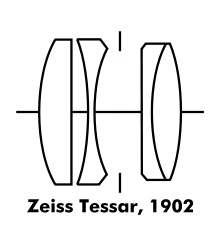
Among the many lens design configurations, one of the most common lens optical layouts is the Tessar Lens. This layout was created by Paul Rudolph in 1902 for photographic lenses. In the golden age of film photography, the Tessar configuration was widely used in common lenses such as the f 50mm/f2.8 As with any photographic […]
How Aspheric and Freeform lenses work
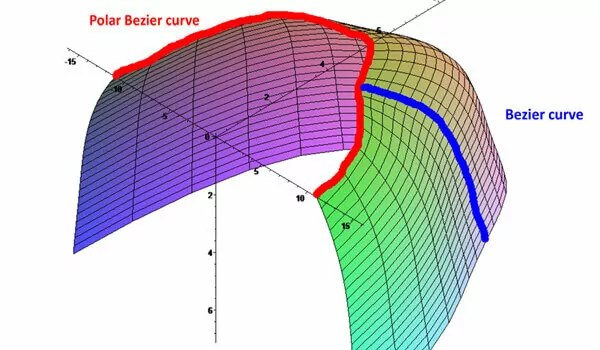
A key aspect of an optical product development is the creation of a quality optical system design optimized to reduce aberrations and system cost. In an attempt to reach a balance between cost and performance, optical designers have created lenses with different shapes that help reduce aberrations. Traditionally, optical elements have radial symmetry: they are […]
How to read an MTF chart
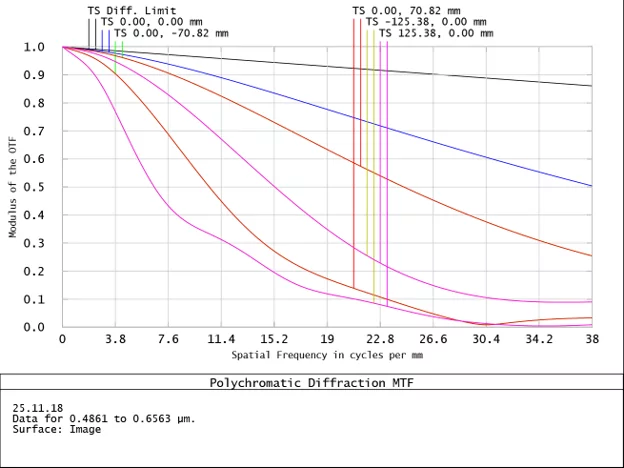
Understanding the purpose of an MTF chart and how to read and MTF chart is an essential skill for anyone involved in the development of products that use optics. For most applications an MTF test is the single best method to determine lens quality. In this post we will review the definitions, show example charts, […]
How the Abbe Sine Condition impacts optical designs
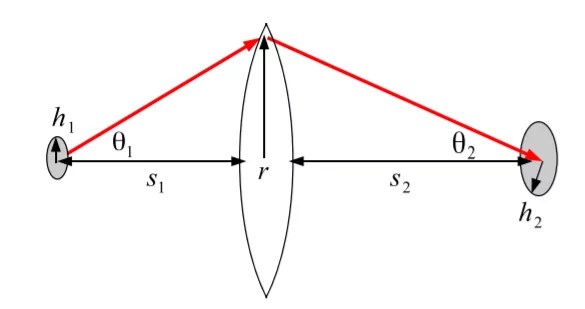
When making first order optical design calculations, most engineers use parameters based on paraxial (or ideal) systems. That is, lenses in which the chief rays are very close to the optical axis. However, that’s not always the case, and as we move away from paraxial optics conditions, the presence of aberrations has a greater impact […]
Understanding Raysets and Ray Files for Accurate Illumination Design
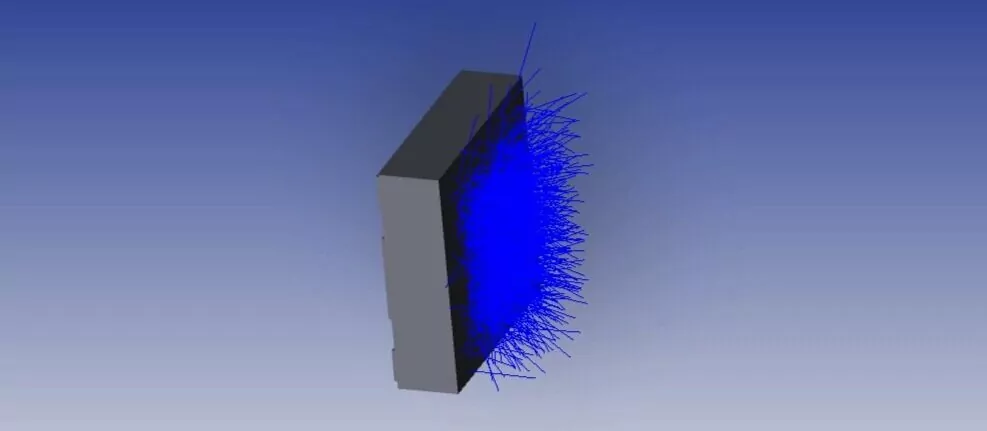
Ray sets A rayset (sometimes called a rayfile) is a key element in the design of any illumination system. It describes the path of hundreds of thousands, millions, and even billions of rays of light as they leave a source (typically an LED). This data set is used in a ray tracing program like Zemax […]